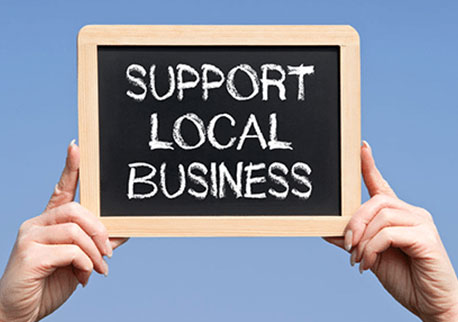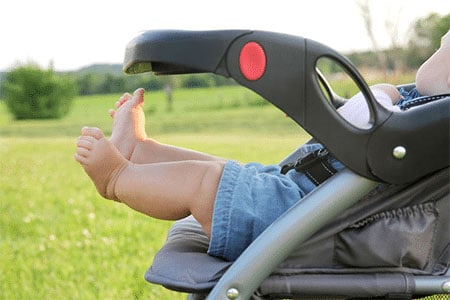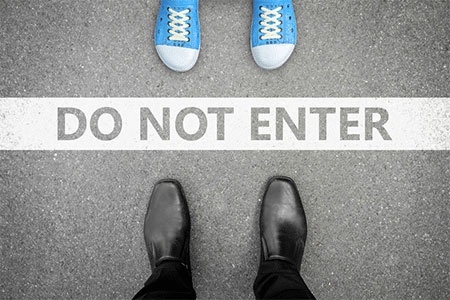Be Careful Where You Buy Your Kids’ Shoes – Check the Shoes for Sharp Objects!
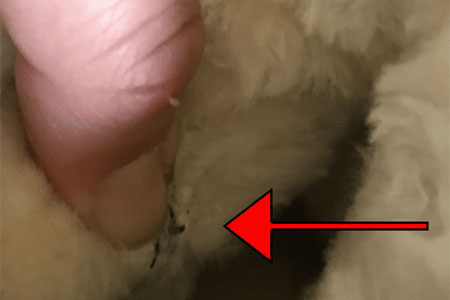
I always recommend parents that before they buy their kids’ shoes they inspect them by sliding their hands inside the shoes and making sure there are no sharp objects that can damage their child’s feet. There have been several cases of families who found loose nails, cardboard insoles, tiny rocks, and other sharp objects inside their kids’ shoes. In addition, cheaper ‘shoes made from low-quality materials such as plastic can create several issues for your child’s feet. I will expand on this shortly.
I strongly believe that more expensive shoes don’t automatically translate into better shoes for a child, but when you find a shoe that seems to be sold at a price that seems too good to be true, I suggest that you inspect the shoes carefully before you allow your child to wear them.
I have put a list of objects and shoe materials that can harm your kids’ feet.
Sharp Objects – Loose Nails
Some parents reported having found sharp objects inside their kids’ shoes that could have caused permanent damage to their kids’ feet.
I was recently contacted by a family who found a loose nail inside their child’s shoe. A minor nail puncture may not require a visit to your doctor. But, if the nail or wound is dirty or the puncture is deep, the child will have to see a doctor or visit urgent care to get a tetanus booster shot.
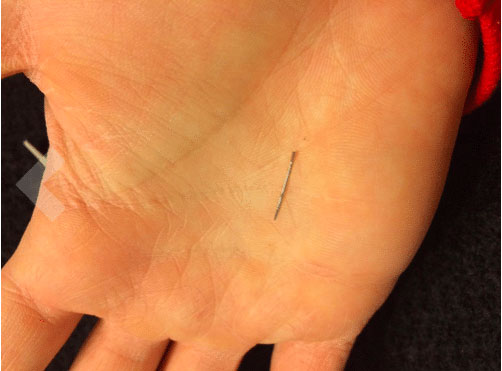
A loose nail inside a child’s shoes can easily cause permanent damage to the child’s feet.
Always inspect your child’s shoes and make sure no sharp objects are sticking out of the shoes.
Another family told me how her daughter kept complaining about something digging into her leg when wearing her boots. The mother found out that there was a sharp object sticking out of her daughter’s boots:

Please always inspect your kids’ new shoes. Something so simple such as carefully sliding your hand inside your kids’ shoes can prevent your child from hurting his or her feet.
Cheaply Made Insoles – Cardboard Made

Another family told me how their child started developing blisters and the skin was peeling off on the bottom of the feet. Once they inspected the insoles of the shoes, they realized they were made out of cardboard!

Insoles made out of cardboard can lead to the child developing blisters and calluses, as they don’t provide any type of cushioning or protection to the child’s feet.
When children wear unsupportive insoles made out of cardboard their feet are more prone to developing blisters, calluses, and corns.
Always check the insoles of your kids’ shoes before you buy them as manufacturers always try to save money on the parts of the shoes that people can’t see.
Your kids’ insoles should be absorbent and cushioned for adequate comfort. Keep in mind that the insoles of the shoes act as a protective barrier between your child’s feet and the bottom of the shoes.
Plastic Shoes – Cheaply Made
I suggest staying away from shoes made from plastic, nylon, and rubber as they cause the child’s foot to sweat excessively and increases the likelihood of your child developing cuts on the foot, athlete’s foot, verrucae and in-growing toenails.
There was a huge controversy about shoes made from PVC plastic that left a child’s feet cut, blisters, and covered in blood after wearing the shoes for only 10 minutes.

You can keep your kids’ feet healthy by simply providing your child with the correct type of shoes. As I mentioned before, more expensive shoes don’t automatically translate into better shoes for your child.
Where Should You Get Your Kids’ Shoes? – Let’s Keep Your Kids’ Feet Healthy!
I strongly suggest that parents avoid unknown retailers or shoes that are offered at prices that seem too good to be true. It’s important that you provide your kids with shoes that comply with the latest safety standards.
The reason I wanted to bring this up is to make parents aware that they should inspect their kids’ shoes, at least the first time they buy them. Slide your hand carefully inside the shoes and make sure there is nothing sharp sticking out and also make sure the original insoles are not made of cardboard.
Keep in mind that your children’s shoes shouldn’t need a “break-in period”. If your child complains that something feels wrong with the shoes make sure that you inspect the shoes carefully before you allow your child to wear them.
Are You 100% Sure of Your Child’s Foot Size? – Let’s Find Out!
Lastly, I always explain to parents that it doesn’t matter how well-made the shoes are, if the shoes are not fitted properly, the child might end up developing several foot issues such as blisters, calluses, and corns.
If you buy your kids’ shoes online, you need to be 100% sure of your child’s foot size. I came up with the most effective way to determine your child’s exact foot size from your home and will personally assist you with a custom fitting tailored to your child’s individual needs. This easy-to-follow method allows parents to accurately determine their child’s correct foot length and width, as well as instep height.
What is the strangest thing you have found inside your kids’ shoes? Leave your comments below if you have found something strange inside your kids’ shoes or if your child developed a foot issue from wearing shoes that were poorly made.

